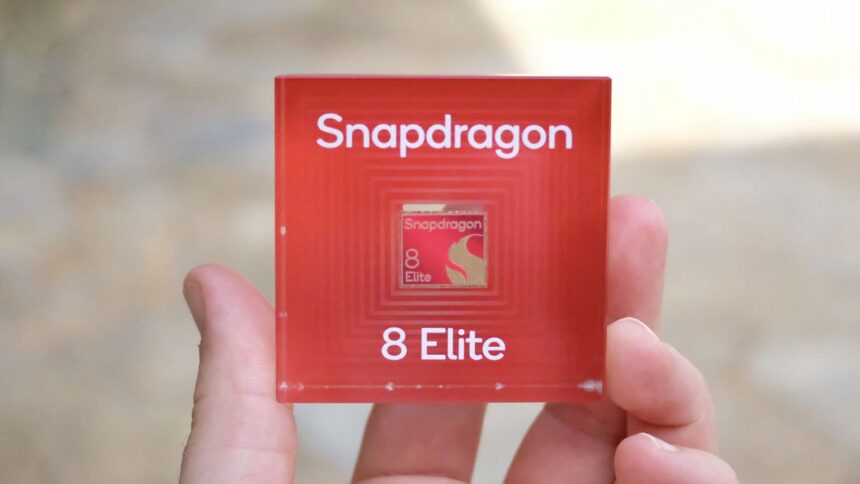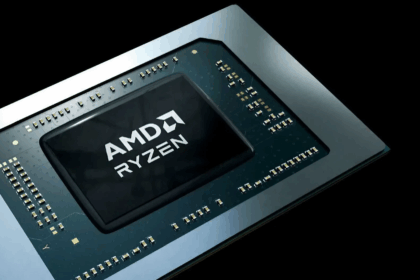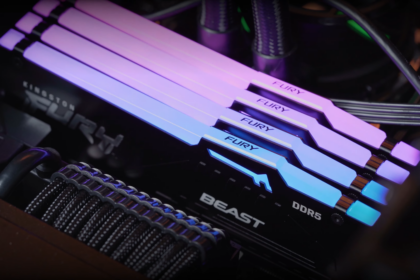In a low-key announcement, Qualcomm has introduced a new addition to its flagship Snapdragon 8 Elite processor line, featuring a modified architecture that aims to balance performance with efficiency. The new chip variant adopts a 5+2 core configuration, removing one high-performance core while maintaining competitive processing capabilities.
The revised architecture retains two prime cores running at up to 4.32 GHz, complemented by five performance cores clocked at 3.53 GHz. According to benchmark results from Geekbench, this configuration results in approximately 13% lower performance compared to the standard Snapdragon 8 Elite, though this difference is expected to be noticeable only during intensive computational tasks.
Industry analysts anticipate this chip will target premium devices requiring specialized thermal management, such as ultra-thin smartphones and foldable devices. Speculation suggests it may power upcoming flagship models like the Galaxy Z Fold 7 and S25 Slim.
Crucially, the new variant maintains the neural processing unit (NPU) specifications of its predecessor, ensuring full support for on-device artificial intelligence capabilities. This preservation of AI functionality means features like native text generation and advanced photo and video editing will remain accessible to devices using this chip.
Qualcomm is positioning this processor distinctly from its “S” series variants, including the forthcoming Snapdragon 8s Elite. The 8s Elite, which employs a different 2+2+3+1 core configuration with maximum frequencies of 3.21 GHz, is being developed as a separate solution targeting premium mid-range devices from 2025 onward, offering performance comparable to the Snapdragon 8 Gen 3.
This strategic expansion of the Snapdragon 8 Elite line reflects Qualcomm’s efforts to provide manufacturers with more flexible options for implementing flagship-grade processors while managing thermal and cost considerations in diverse device formats.











